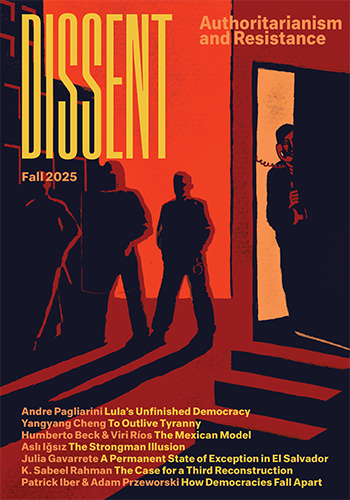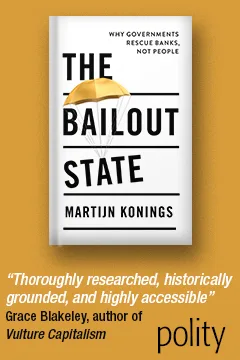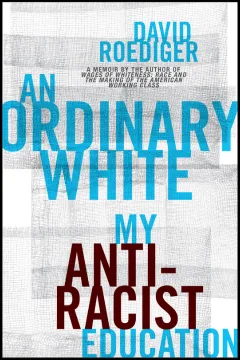Why should global poverty concern the affluent? Why do the global poor have a claim on the sympathy, the political energy, and the economic resources of the rich? These questions take on a new urgency as the dimensions of global …
At first glance this is another history of “making it” in America: Robert Schrank, son of immigrant parents, leaves school during the Depression at age 14 to take an unskilled laborer’s job in a furniture factory, and then works his …
The economist Milton Friedman, best known as the leading American proponent of laissez faire economics, has been a central figure in the recent upsurge of conservative thought. I propose here to criticize the political theory he sets forth in his …
This book is Miklos Haraszti’s account of his experiences in 1972 as a machinist in the Red Star tractor factory in Budapest, Hungary. It vividly portrays the degradation of work in what is supposedly a socialist workers’ state.
A small, barefoot, ragged little man, handcuffed between two policemen, was proceeding by fits and starts along the dusty deserted street, as if to the rhythm of a painful dance, perhaps because he was lame or wounded in the foot. Between the two uniformed figures, …
Liberals used to think that “civil society” would flourish thanks to the development of free enterprise, and the function of the state would correspondingly be reduced until it was merely supervising humanity’s spontaneous evolution. Marxists more optimistically thought the century …
We are not likely to have a critic on the scale of Edmund Wilson ever again. He taught modernism, American literature, and “the writing and acting of history” to three generations of readers, and if his example as a journalist …
Charging that desegregation of schools causes “white flight,” the neoconservatives have now joined the fight against large-scale integration of big-city school systems. The signal for the attack was James S. Coleman’s recent repudiation of his findings that had for some …
Unless quantitative social research is tempered with common sense, it may obscure rather than illuminate social reality, which accounts for its oft-deserved reputation for sheer irrelevance. Unfortunately, the recent article by James Wright and Richard Hamilton (“Blue Collars, Cap and Gown,” Spring 1978) is a model …
I. Are Limits to Growth Real? Since 1945, rapid growth of gross national products has been the chief goal of Western governments. It has been the basis of the welfare-state compromise, the answer to class tension and to demands for social justice in the …
In May the New Leader published a whole issue devoted to a superb study by Gus Tyler, vice-president of the ILGWU, entitled “The Other Economy: America’s Working Poor.” In his opening paragraphs Tyler presents his thesis: The United States has …
The first appearance of the new definition of woman was not intended to disrupt family life. The writing of Betty Friedan, the first Statement of Purpose of NOW, the findings of Masters and Johnson, and even the recipes in The …
There, are people in Washington who say that the present Congress is the worst in memory. “Worst” is a big word, of course, like “forever” and “never,” and there may be little profit, except for the historian, in the analysis of past Congresses to …
T he struggle over busing has become almost as familiar a feature of our social landscape as was the Vietnam war in the late 1960s or the civil rights movement a bit earlier. But there are significant differences. One is that the civil rights and …
The main casualty of Proposition 13 within California— and perhaps without—is the dominant politics of the last 40 years. Welfare-state liberalism has almost vanished from the state’s political spectrum. The welfare state itself still limps along, more feebly than before, but without benefit of audible defense. …






